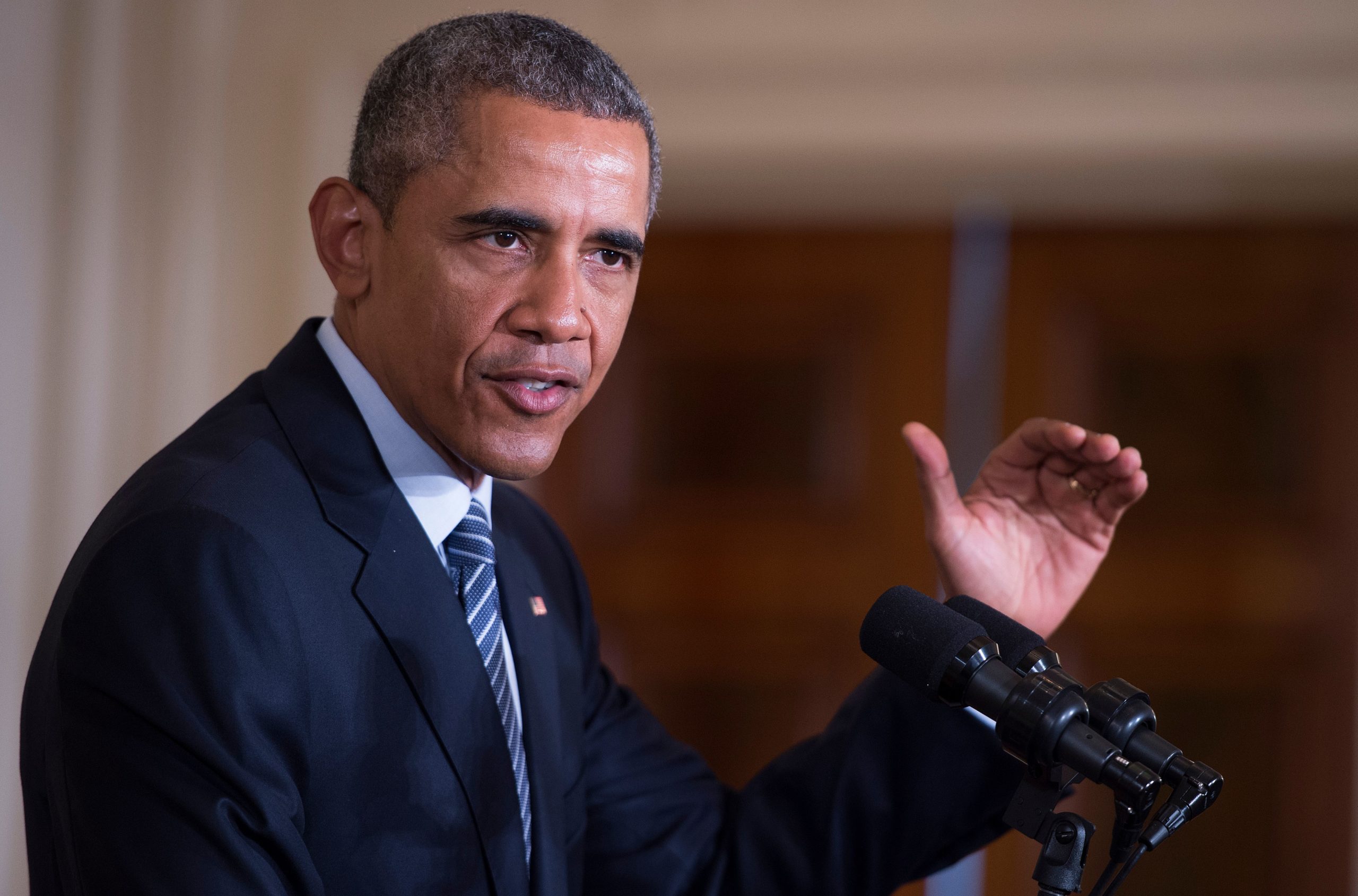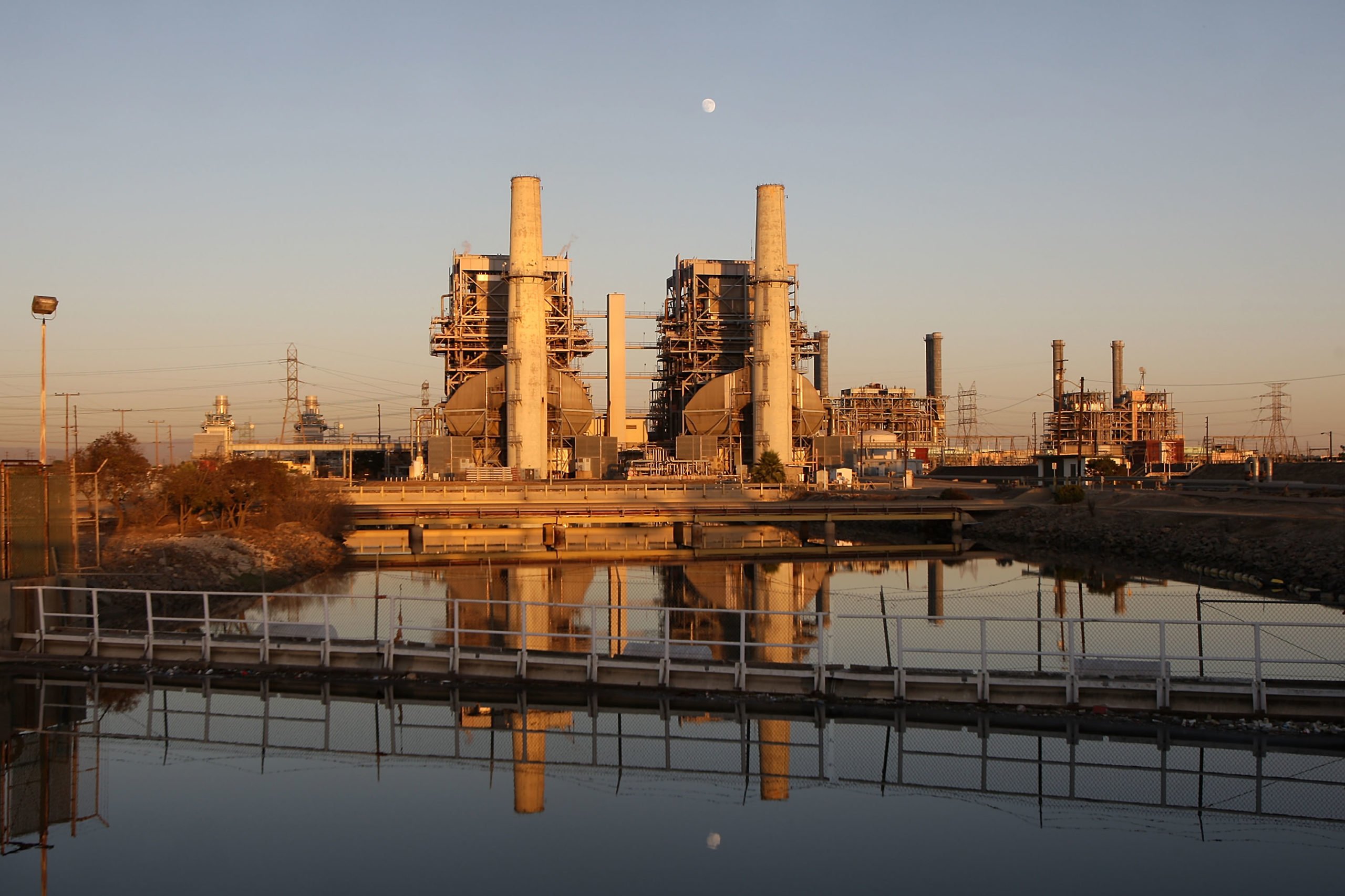- The Supreme Court heard arguments in West Virginia v. EPA on Monday, a blockbuster case that could have major ramifications in future separation of powers cases.
- “West Virginia v. EPA is one of the most important administrative law and separation of powers cases in quite some time,” Republican West Virginia Attorney General Patrick Morrisey, who led oral arguments for the case’s petitioners, said in a statement on Monday. “This case will determine who decides the major issues of the day: unelected bureaucrats or Congress, comprised of those elected by the people to serve the people.”
- In August 2015, the Environmental Protection Agency (EPA) unveiled its so-called Clean Power Plan. The plan was billed as an “historic and important step” to curb carbon emissions from power plants 32% by 2030 while positioning the U.S. as a global leader in the fight against climate change.
The Supreme Court heard arguments in West Virginia v. EPA on Monday, a blockbuster case that could have major ramifications in future separation of powers cases.
The case, which stems from an Obama administration climate rule, has wide-ranging implications for how the federal agencies may issue future regulations and rules, according to the parties that brought the case before the high court. States, environmental groups, large power utility companies, civil liberties organizations and pro-coal industry groups have inserted themselves in the case over the last several years, signaling the importance of the questions it has raised.
“West Virginia v. EPA is one of the most important administrative law and separation of powers cases in quite some time,” Republican West Virginia Attorney General Patrick Morrisey, who led oral arguments for the case’s petitioners, said in a statement on Monday. “This case will determine who decides the major issues of the day: unelected bureaucrats or Congress, comprised of those elected by the people to serve the people.”
“This is not about stopping climate change efforts. The future of our nation is at stake,” Morrisey said. “Today, we believe we made effective arguments with the Court which we hope would persuade them to rein in an unelected bureaucracy.”
Following oral arguments, Morrisey reiterated his position during a press briefing and said petitioners made “powerful” arguments before the high court. (RELATED: Jen Psaki Says US Needs To Move Away From Crude Oil Altogether Amid Ukraine Crisis)

President Barack Obama delivers remarks at a Clean Power Plan event at the White House on Aug. 3, 2015. (Alexander Nemenov, Martin Bureau, Christophe Simon, Jim Watson/AFP via Getty Images)
In August 2015, the Environmental Protection Agency (EPA) unveiled its so-called Clean Power Plan. The plan was billed as an “historic and important step” to curb carbon emissions from power plants 32% by 2030 while positioning the U.S. as a global leader in the fight against climate change.
However, in early 2016, the Supreme Court blocked implementation of the plan in a 5-4 vote along party lines. Plaintiffs, including West Virginia, successfully argued that the EPA exceeded its congressional mandate under the Clean Air Act, which broadly authorizes the agency to implement the “best system of emission reduction.”
The Clean Power Plan, though, was ultimately repealed by the Trump administration and replaced with the Affordable Clean Energy Rule (ACE), which included looser restrictions and gave states the opportunity to set their own standards. (RELATED: Biden Administration Stays Silent On Major Oil Drilling Sale After Fossil Fuel Industry Appeals Ruling)
“Unlike the Clean Power Plan, ACE adheres to the Clean Air Act and gives states the regulatory certainty they need to continue to reduce emissions and provide a dependable, diverse supply of electricity that all Americans can afford,” former EPA Administrator Andrew Wheeler said in a statement at the time.
Then, days before former President Donald Trump was set to leave office in January 2021, the U.S. Court of Appeals for the District of Columbia vacated the EPA’s repeal of the plan and its ACE plan, according to SCOTUSblog. While the Biden administration was free to reinstate the Clean Power Plan, it has opted instead to draft alternate power plant emissions rules.
Still, West Virginia immediately led a coalition of 20 Republican states and multiple coal companies, asking the Supreme Court to hear their challenge to the appeals court decision.

The AES Corporation 495-megawatt Alamitos natural gas-fired power station stands in Long Beach, California. (David McNew/Getty Images)
“Regulations to control carbon dioxide emissions from coal-fired power plants should not be disruptive and should follow the plain language of the Clean Air Act,” Michelle Bloodworth, president and CEO of the coal industry group America’s Power, which is involved in the case, told the Daily Caller News Foundation.
“We are hopeful that the U.S. Supreme Court will agree with us, the coalition of states led by West Virginia, and the other petitioners in finding that the EPA cannot base carbon dioxide regulations on beyond-the-fence measures,” Bloodworth said.
The plaintiffs argued that the appeals court wrongly grants “an agency unbridled power—functionally ‘no limits’—to decide whether and how to decarbonize almost any sector of the economy.” They asked the Supreme Court to preemptively intervene before the EPA issues additional emissions reduction plans or rules using this authority. (RELATED: Ukraine Crisis Proves The Need For Domestic Fossil Fuel Production, Industry Groups Say)
“The EPA acted outside its congressionally-authorized, Clean Air Act authority by issuing significantly overreaching rules—namely the Clean Power Plan—to attempt to transform the nation’s power sector through emissions regulations,” House Energy and Commerce Committee Ranking Member Cathy McMorris Rodgers said in a statement shared with the DCNF on Monday morning.
“The fact is the EPA doesn’t have clear and specific congressional authorization to write these rules,” she continued. “It doesn’t have the constitutional authority to issue expansive regulations, circumvent Congress, and in effect, write the law.”
In December 2021, Rodgers and Senate Environment and Public Works Committee Ranking Member Shelley Moore Capito led a coalition of 47 senators and 44 congressmen, filing an amicus brief in the case. In the filing, the Republican leaders argued the EPA overreached in issuing the Clean Power Plan.
All content created by the Daily Caller News Foundation, an independent and nonpartisan newswire service, is available without charge to any legitimate news publisher that can provide a large audience. All republished articles must include our logo, our reporter’s byline and their DCNF affiliation. For any questions about our guidelines or partnering with us, please contact licensing@dailycallernewsfoundation.org.


